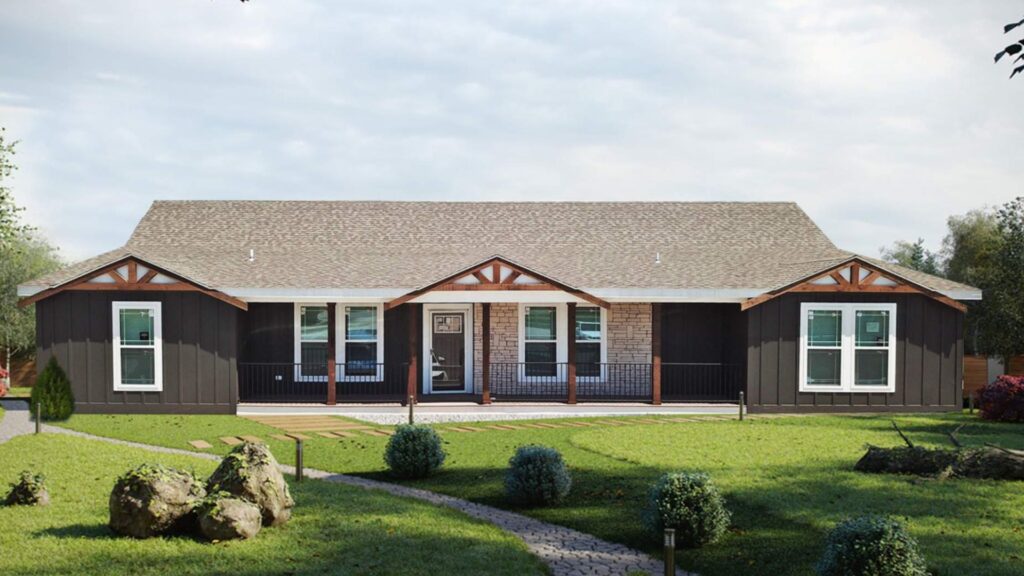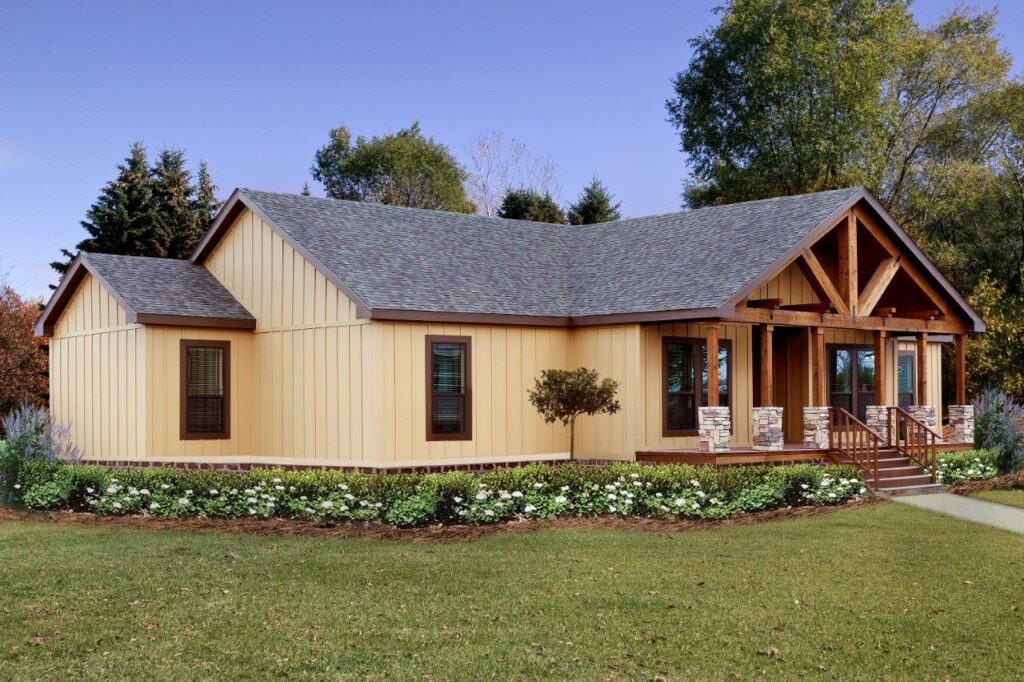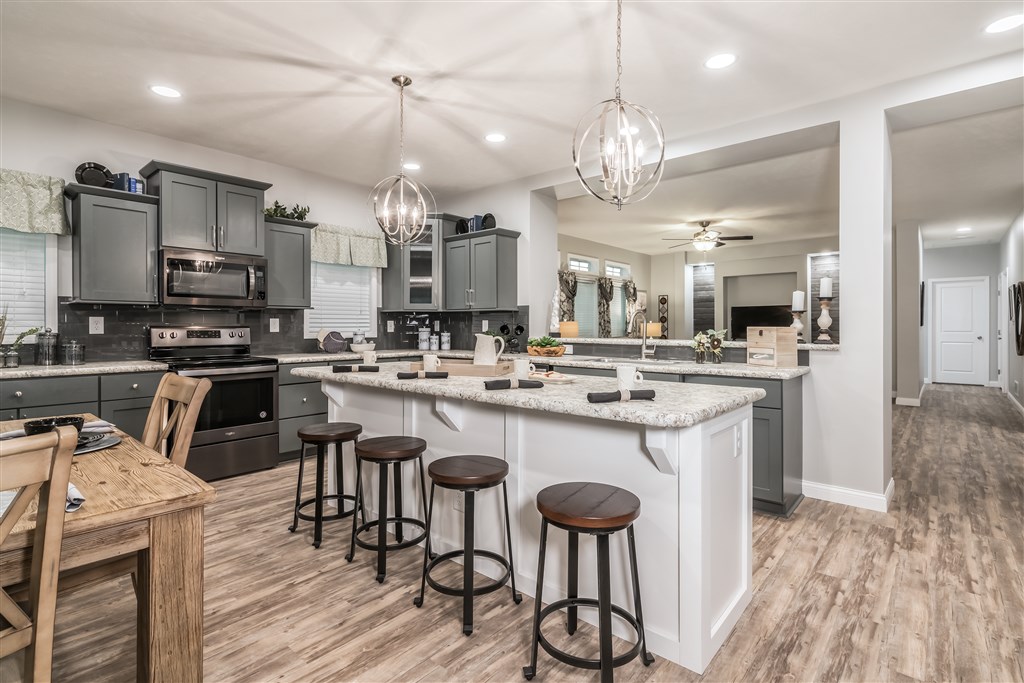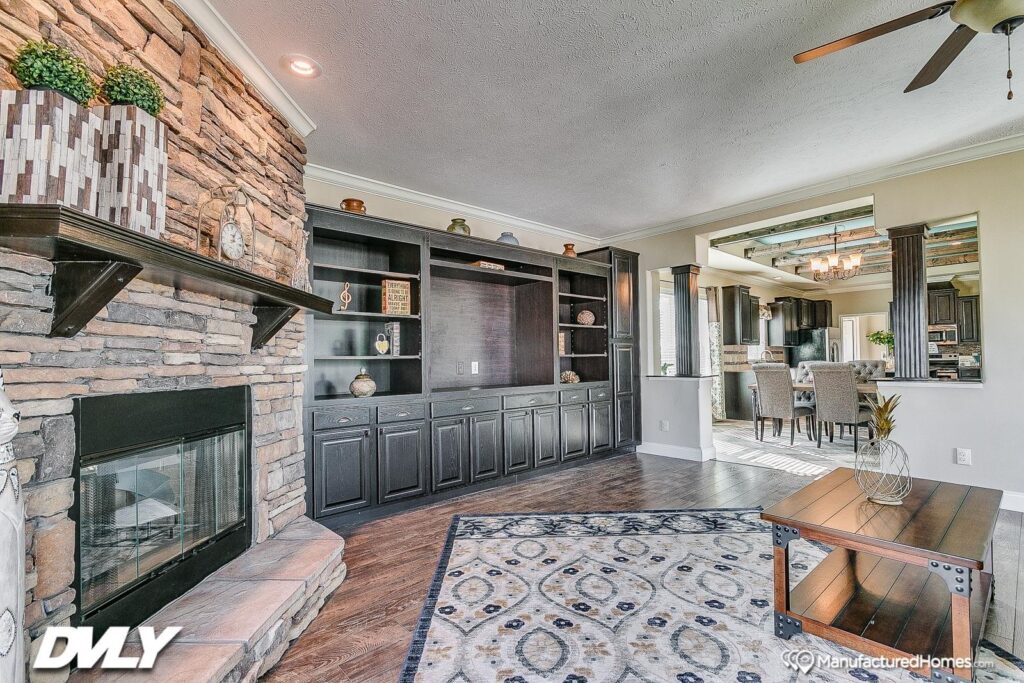Modular homes offer a cost-effective and efficient alternative to traditional on-site construction. However, the process of installation requires meticulous planning and attention to detail to ensure a seamless experience. Mistakes during the installation phase can cause delays and added expenses that could have been easily prevented.
To ensure a smooth modular home installation process, it is crucial to adhere to best practices and follow expert advice. From site preparation to final touches, each step plays a significant role in the success of your project. By implementing these six essential tips, you can navigate through the installation process with confidence and achieve the modular home of your dreams.
1. Site Inspection
Before the modular home installation process begins, it is crucial to conduct a thorough site inspection to assess the readiness of the location. This inspection should include evaluating the land for proper drainage, soil stability, and accessibility for delivery trucks and equipment.
Ensure that the site is level and free from any obstructions that could hinder the installation process. It is also important to check for any potential zoning restrictions or building codes that may affect the placement of your modular home. Addressing any issues during the site inspection phase will help prevent delays and ensure a smooth installation process.
2. Foundation Preparation
Once the site has been inspected and approved for installation, the next step is to prepare the foundation for your modular home. The type of foundation required will depend on your specific location and soil conditions. It is essential to consult with a professional contractor to determine the best foundation option for your modular home.
Proper foundation preparation is crucial for ensuring the stability and longevity of your modular home. This includes leveling the site, pouring concrete footings or piers, and securing anchor bolts for the modules to be placed on. By investing time and effort into preparing a solid foundation, you can minimize the risk of structural issues and ensure a secure installation.
3. Coordinate Delivery and Installation
Coordination is key when it comes to modular home installation. Work closely with your modular home manufacturer, delivery team, and installation crew to schedule deliveries and installations in a timely manner. Make sure that all necessary permits and approvals are in place prior to delivery.
Communication is essential during this phase to ensure that everyone involved is on the same page and working towards the same goal. Keep track of delivery schedules, installation timelines, and any potential obstacles that may arise. By staying organized and proactive, you can prevent delays and keep the installation process on track.
4. Weather Considerations
Weather plays a significant role in the modular home installation process. Inclement weather can cause delays and impact the quality of the installation. It is important to monitor weather forecasts and plan accordingly to minimize disruptions.
If severe weather is expected, consider rescheduling deliveries and installations to avoid potential damage. Ensure that the site is properly prepared to withstand adverse weather conditions, such as strong winds or heavy rain. Temporary shelters or covers may be necessary to protect materials and equipment during inclement weather.
5. Quality Control
Throughout the installation process, it is important to prioritize quality control to ensure that your modular home meets industry standards and specifications. Work closely with your installation crew to address any concerns and make necessary adjustments to maintain the quality of the installation. Keep a close eye on the progress of the installation and communicate any feedback or changes to the installation team promptly.
6. Post-Installation Inspection
Once the modular home installation is complete, it is crucial to conduct a final inspection to ensure that everything has been installed correctly and meets all required standards. This inspection should involve checking the foundation, structural integrity, plumbing, electrical systems, and overall finish of the home.
Any issues or deficiencies should be addressed promptly to avoid potential problems down the line. Work with your installation crew and any necessary professionals to rectify any issues that may arise during the post-installation inspection.
Get Started Today
If you’re interested in learning more about modular homes, contact Family Dream Homes. We’re here to help with any questions you may have!



